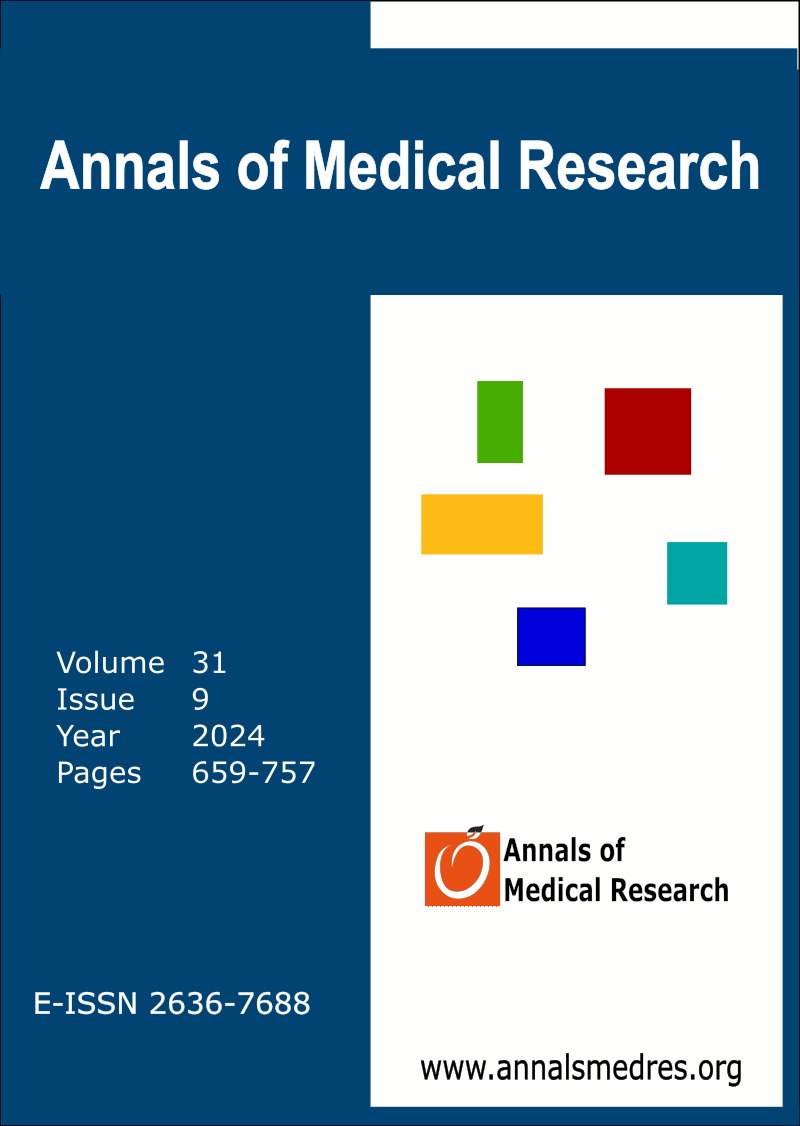Evaluation of patients undergoing 24-hour rhythm Holter monitoring in the pediatric cardiology unit
Keywords:
Arrhythmia, Rhythm Holter monitoring, ChildrenAbstract
Aim: This study aims to determine the value of 24-hour Rhythm Holter monitoring (HM) in diagnosing and treating pediatric patients. Somebody reviewed our clinic's indications and results of 24-hour rhythm Holter monitoring.
Materials and Methods: The files of 1670 patients who applied to our clinic between January 1, 2015 and December 31, 2022, were scanned retrospectively. Somebody retrospectively evaluated and recorded age, gender, reason for admission, presence of cardiac disease, presence of cardiac disease in the family, treatment histories, family consanguineous marriages, Electrocardiography (ECG) findings, Echocardiography (ECHO) findings, and HM findings were from the hospital computer archive files.
Result: Found to be expected in 1,005 (60.2%) of the patients who underwent Holter monitoring (HM). Detected tachyarrhythmia in 408 (24.4%) patients, bradyarrhythmia in 85 (5.1%) patients, preexcitation syndrome in 73 (4.4%) patients, right bundle branch block in 27 (1.6%) patients, atrial-derived arrhythmia in 27 (1.6%) patients, genetic-related arrhythmia in 12 (0.7%) patients, pace rhythm in 12 (0.7%) patients, and other different Holter findings in 21 (1.3%) patients.
Conclusion: Since arrhythmic symptoms often occur intermittently in childhood, detecting them at presentation may not be possible. A missed ECG taken at rest provides information for a short period of cardiac rhythm and many arrhythmias, so the 24-hour Holter method (HM) is helpful for diagnosis. Our study has supported that HM is used increasingly frequently and is beneficial as an easy-to-apply, noninvasive method in diagnosing arrhythmia and in monitoring and treatment planning of cases with arrhythmia.
Downloads
Published
Issue
Section
License
Copyright (c) 2024 Annals of Medical Research

This work is licensed under a Creative Commons Attribution-NonCommercial-NoDerivatives 4.0 International License.
CC Attribution-NonCommercial-NoDerivatives 4.0






